Society of Arts (Great Britain)
Charles George Lyttleton Cobham (British, 1842 – 1922)
Henry Trueman Wood (British, 1879 – 1917), Secretary of the Royal Society of Arts (1879–1917).
George Bell & Sons – publisher. William Clowes and Sons – printer.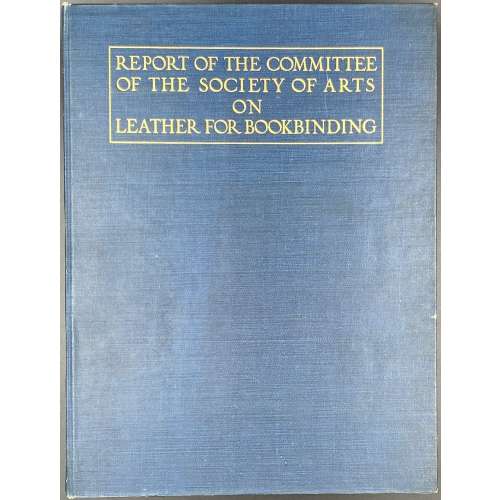
Society of Arts (Great Britain)
Charles George Lyttleton Cobham (British, 1842 – 1922)
Henry Trueman Wood (British, 1879 – 1917), Secretary of the Royal Society of Arts (1879–1917).
George Bell & Sons – publisher. William Clowes and Sons – printer.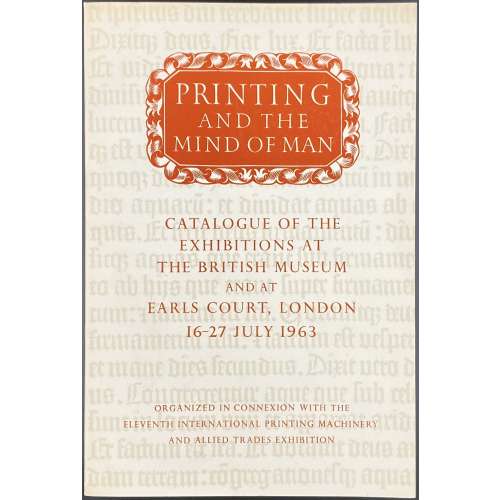

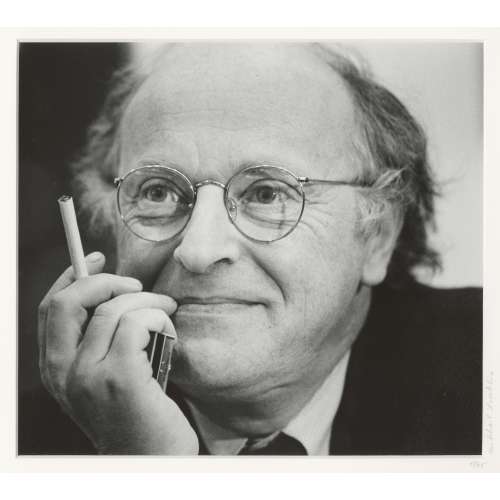
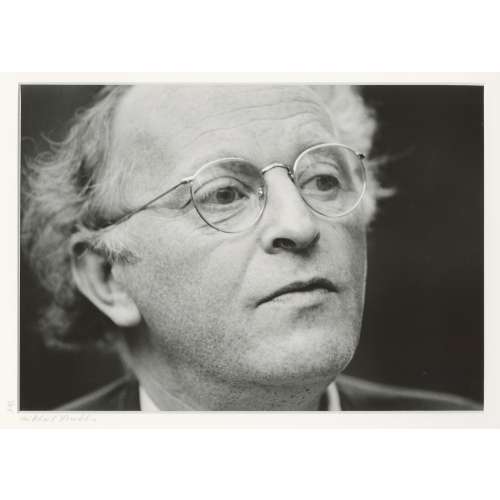
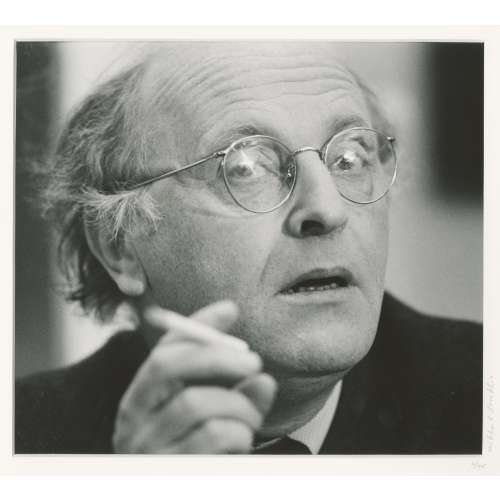
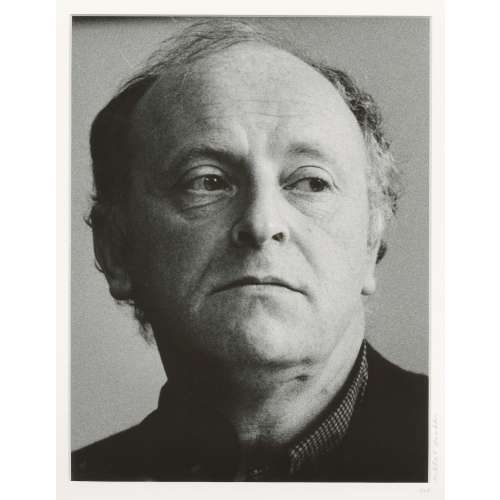
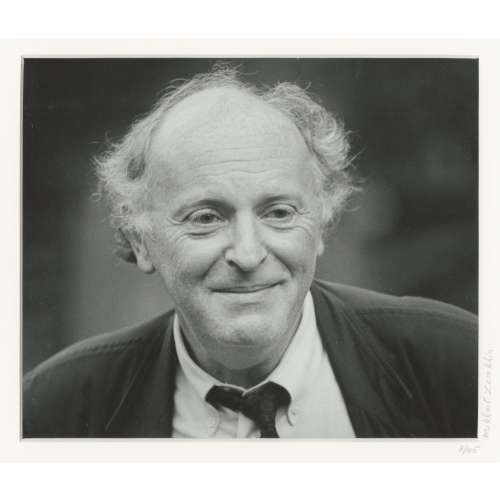
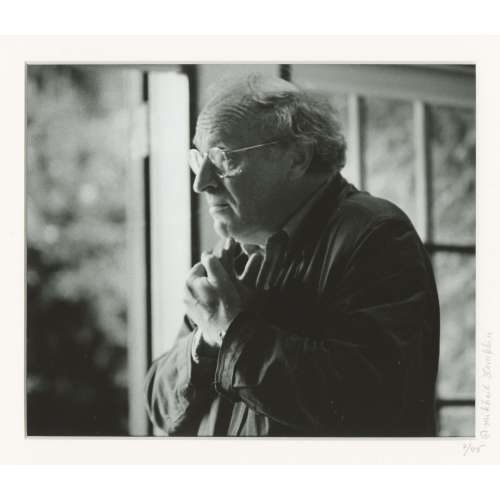
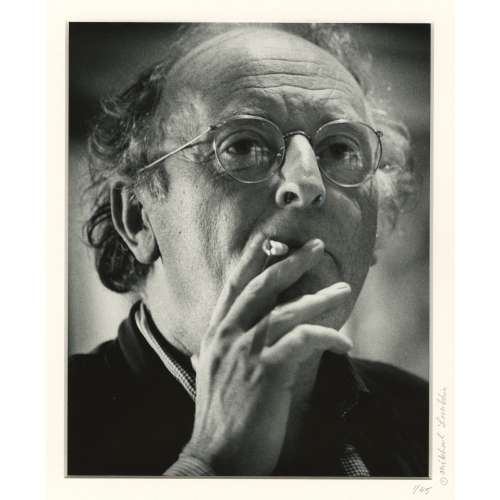
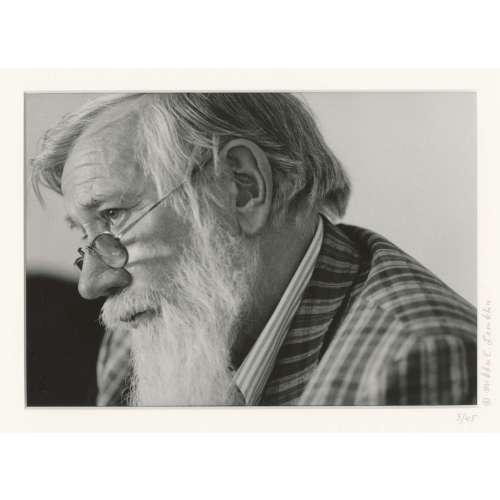
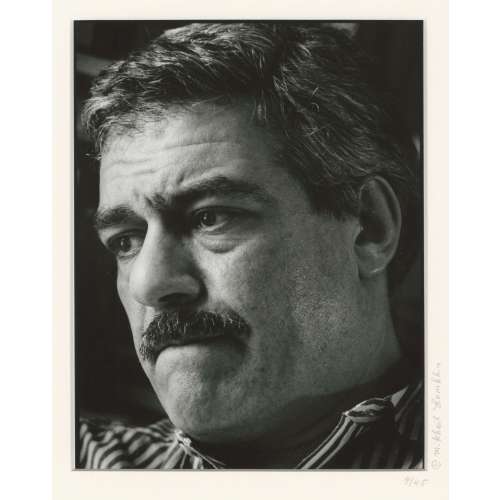

Обменяли хулигана На Луиса Корвалана. Где б найти такую блядь, Чтоб на Брежнева сменять!This can be translated as a Haiku:
A troublemaker was exchanged for Luis Corvalán... Where to find a whore to exchange for Brezhnev?
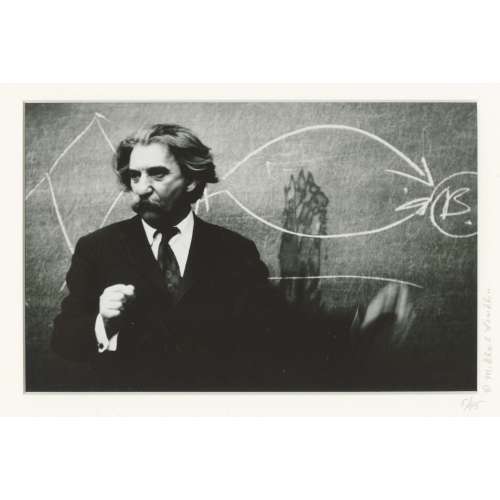
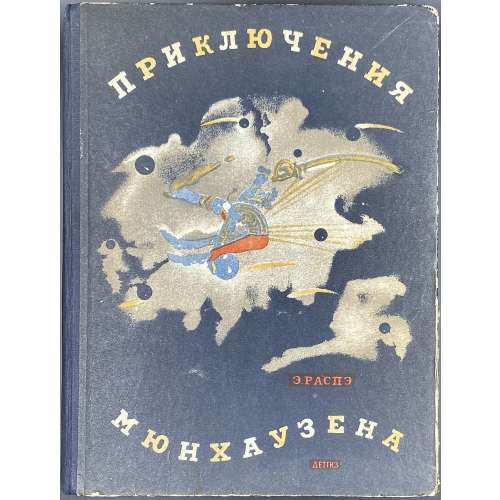

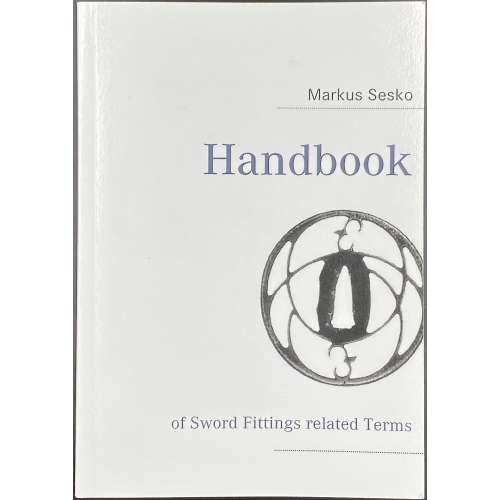
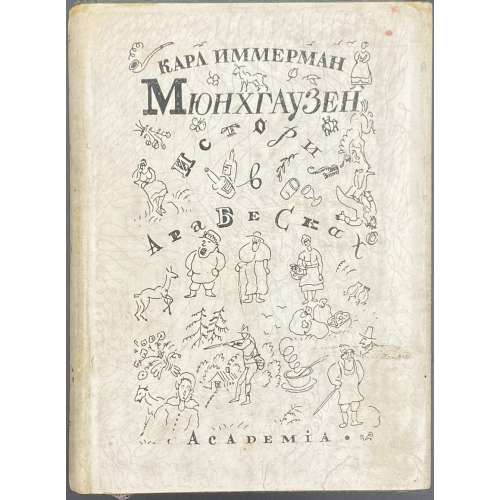
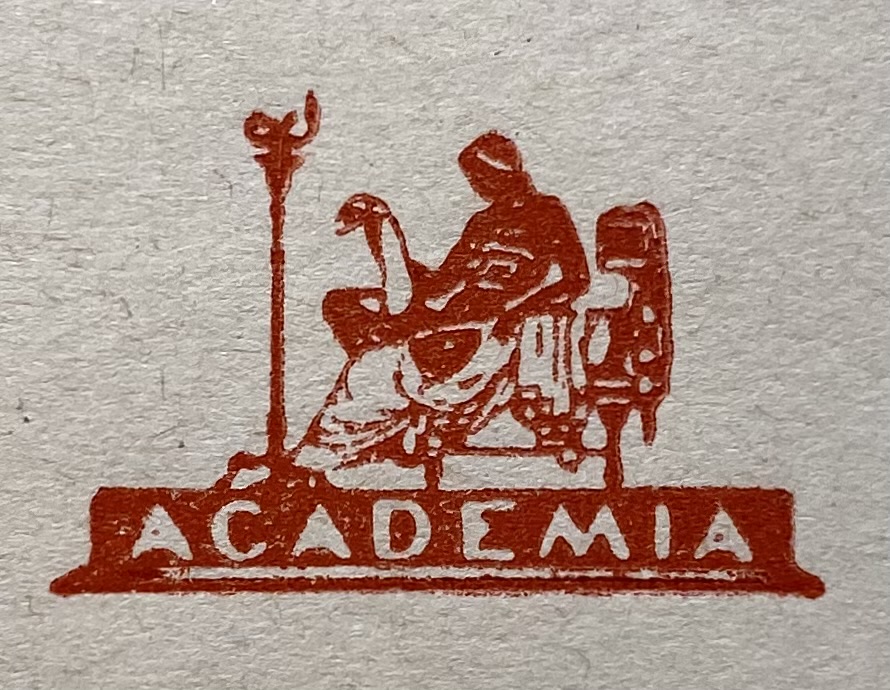 The book Münchhausen: eine Geschichte in Arabesken by Karl Leberecht Immermann was published in Düsseldorf by J. E. Shaub in 1838-1839. Its Russian translation by the Yarkho brothers was published in 1931 and 1932 by Academia publishing in two volumes uniformly bound in full green cloth with embossed and gilt pictorial design to front cover and spine, 17.3 x 12.5 cm, pictorial endpapers, top margin red, and pictorial dust jacket.
Vol. I: 8vo, [1]-398 (312 leaves, 10 plates within collation); pp.: [1-7] 8-624. Print run 5,000 copies.
Title-page (red and black): КАРЛ ИММЕРМАН | Мюнхгаузен | История | в арабесках | перевод и примечания | Г. И. и Б. И. Ярхо | ПРЕДИСЛОВИЕ | П. С. КОГАНА | I | {vignette} | ~ ACADEMIA ~ | МОСКВА ~ ЛЕНИНГРАД | 1931 ||
Frontispiece (red and black): СОКРОВИЩА | МИРОВОЙ ЛИТЕРАТУРЫ | КАРЛ ИММЕРМАН | МЮНХГАУЗЕН | {fleuron} | * | ~ ACADEMIA ~ | МОСКВА ~ ЛЕНИНГРАД | 1931 ||
Reverse title: KARL IMMERMANN | MÜNCHHAUSEN | Eine Geschichte in Arabesken | {…} | ИЛЛЮСТРАЦИИ, ТИТУЛ, | ТИСНЕНИЕ НА ПЕРЕПЛЕТЕ | И СУПЕРОБЛОЖКА ПО РИС. | ХУД. Д. И. МИТРОХИНА | {…} | Ленинградский Областлит № 64832. | Тир. 5.000—39 листов. Зак. 7167. | Государственная типография | “Ленинградская Правда”, | Ленинград. | Соц. 14. ||
Vol. 2: 8vo, [1] 398 ( 312 leaves, 14 plates within collation), pp.: [1-7] 8-622 [2 colophon/blank]. Print run 5,250 copies.
Title-page (red and black): КАРЛ ИММЕРМАН | Мюнхгаузен | История | в арабесках | перевод и примечания | Б. И. и Г. И. Ярхо | II | {vignette} | ~ ACADEMIA ~ | МОСКВА ~ ЛЕНИНГРАД | 1932 ||
Frontispiece: СОКРОВИЩА | МИРОВОЙ ЛИТЕРАТУРЫ | КАРЛ ИММЕРМАН | МЮНХГАУЗЕН | {fleuron} | * | ~ ACADEMIA ~ | МОСКВА ~ ЛЕНИНГРАД | 1932 ||
Reverse title: KARL IMMERMANN | MUNCHHAUSEN | Eine Geschichte in Arabesken | {…} | Иллюстрации, титул, тиснение | на переплете | и суперобложка | по рис. худ. Д. И. Митрохина.
Illustrations: Plates, title pages, faux-titles, head- and endpieces, design of covers and dust jackets after Dmitry Mitrokhin (Д. И. Митрохин).
Catalogue raisonné: Крылов-Кичатова v.1: 451/2, v.2: 491. [LIB-2260.2019].
Contributors:
Karl Leberecht Immermann (German, 1796 – 1840) – author.
Григорий Исаакович Ярхо (Russian-Jewish, 1886 – 1954) – translator.
Борис Исаакович Ярхо (Russian-Jewish,1889 – 1942) – translator.
Пётр Семёнович Коган (Russian-Jewish, 1872 – 1932) – author/preface.
Dmitry Mitrokhin [Дмитрий Исидорович Митрохин] (Russian, 1883 – 1973) – artist.
The book Münchhausen: eine Geschichte in Arabesken by Karl Leberecht Immermann was published in Düsseldorf by J. E. Shaub in 1838-1839. Its Russian translation by the Yarkho brothers was published in 1931 and 1932 by Academia publishing in two volumes uniformly bound in full green cloth with embossed and gilt pictorial design to front cover and spine, 17.3 x 12.5 cm, pictorial endpapers, top margin red, and pictorial dust jacket.
Vol. I: 8vo, [1]-398 (312 leaves, 10 plates within collation); pp.: [1-7] 8-624. Print run 5,000 copies.
Title-page (red and black): КАРЛ ИММЕРМАН | Мюнхгаузен | История | в арабесках | перевод и примечания | Г. И. и Б. И. Ярхо | ПРЕДИСЛОВИЕ | П. С. КОГАНА | I | {vignette} | ~ ACADEMIA ~ | МОСКВА ~ ЛЕНИНГРАД | 1931 ||
Frontispiece (red and black): СОКРОВИЩА | МИРОВОЙ ЛИТЕРАТУРЫ | КАРЛ ИММЕРМАН | МЮНХГАУЗЕН | {fleuron} | * | ~ ACADEMIA ~ | МОСКВА ~ ЛЕНИНГРАД | 1931 ||
Reverse title: KARL IMMERMANN | MÜNCHHAUSEN | Eine Geschichte in Arabesken | {…} | ИЛЛЮСТРАЦИИ, ТИТУЛ, | ТИСНЕНИЕ НА ПЕРЕПЛЕТЕ | И СУПЕРОБЛОЖКА ПО РИС. | ХУД. Д. И. МИТРОХИНА | {…} | Ленинградский Областлит № 64832. | Тир. 5.000—39 листов. Зак. 7167. | Государственная типография | “Ленинградская Правда”, | Ленинград. | Соц. 14. ||
Vol. 2: 8vo, [1] 398 ( 312 leaves, 14 plates within collation), pp.: [1-7] 8-622 [2 colophon/blank]. Print run 5,250 copies.
Title-page (red and black): КАРЛ ИММЕРМАН | Мюнхгаузен | История | в арабесках | перевод и примечания | Б. И. и Г. И. Ярхо | II | {vignette} | ~ ACADEMIA ~ | МОСКВА ~ ЛЕНИНГРАД | 1932 ||
Frontispiece: СОКРОВИЩА | МИРОВОЙ ЛИТЕРАТУРЫ | КАРЛ ИММЕРМАН | МЮНХГАУЗЕН | {fleuron} | * | ~ ACADEMIA ~ | МОСКВА ~ ЛЕНИНГРАД | 1932 ||
Reverse title: KARL IMMERMANN | MUNCHHAUSEN | Eine Geschichte in Arabesken | {…} | Иллюстрации, титул, тиснение | на переплете | и суперобложка | по рис. худ. Д. И. Митрохина.
Illustrations: Plates, title pages, faux-titles, head- and endpieces, design of covers and dust jackets after Dmitry Mitrokhin (Д. И. Митрохин).
Catalogue raisonné: Крылов-Кичатова v.1: 451/2, v.2: 491. [LIB-2260.2019].
Contributors:
Karl Leberecht Immermann (German, 1796 – 1840) – author.
Григорий Исаакович Ярхо (Russian-Jewish, 1886 – 1954) – translator.
Борис Исаакович Ярхо (Russian-Jewish,1889 – 1942) – translator.
Пётр Семёнович Коган (Russian-Jewish, 1872 – 1932) – author/preface.
Dmitry Mitrokhin [Дмитрий Исидорович Митрохин] (Russian, 1883 – 1973) – artist.